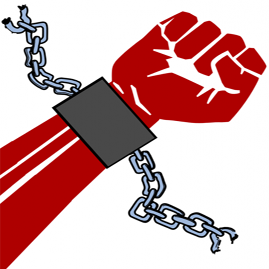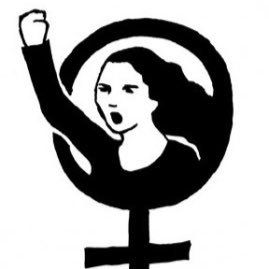| |
When one hurts or kills a women
one hurts or kills hummanity and is an antrocitie.
Gino d'Artali
and: My mother (1931-1997) always said to me <Mi
figlio, non esistono notizie <vecchie> perche puoi imparare qualcosa da
qualsiasi notizia.> Translated: <My son, there is no such thing as so
called 'old' news because you can learn something from any news.>
Gianna d'Artali
CLICK HERE ON HOW TO READ
ME
Global Atrocities against indiginous
women and girls
The Guardian
4 May 2022
Interview by Graeme Green
<<A Native American faces teargas, baton charges and rubber bullets Ė
Camille Seamanís best photograph.
In the United States, there have been hundreds of treaties made with
Native peoples and not one Ė not a single one Ė has ever been upheld.
Reservations were created, and it was said: <This land will be yours for
time immemorial>, but then it always shrinks and shrinks. In 2016, there
was a massive protest against the Dakota Access pipeline. The original
plan was for this pipeline to run from the oil fields up in the
north-west corner of North Dakota through Bismarck, the wealthy state
capital, and then down to wherever it was going. But someone in Bismarck
said, <That wonít do. Thatís dangerous,> because they knew itís not a
question of if, but when a pipeline will leak. So the course of the
pipeline was changed to go through Standing Rock reservation and across
the Missouri river. Standing Rock belongs to the Hunkpapa Lakota tribe,
or Sioux. This is the land of Sitting Bullís people, and the Missouri
river gives clean drinking water to more than 80 million people in the
US. One woman, LaDonna Brave Bull Allard, put out a call on social
media, saying: <Please come and stand with us to protect the water.> I
donít think she had any idea how big it would become. At one point,
there were over 30,000 people. They came from Africa, the Maori came
from New Zealand, the indigenous Japanese came from Hokkaido, and there
were Sami people and Tibetan monks. People came from all over the world
to say: <Enough is enough.> They came to protect nature and water and
indigenous peopleís rights, and to protest that another treaty was not
being upheld. It was about not poisoning our water. The protest was also
about trying to physically keep work from being done on the pipeline.
When the protests began I was working on We Are Still Here, a series of
photographs of Native Americans. I heard about Standing Rock and knew I
had to go and record it. I knew it was a historic moment. My mother is
part African American, descended from slaves, and my father is
Shinnecock Montaukett, a small whaling tribe from the tip of Long
Island. I didnít participate in the actual protests but I was
documenting what was happening. I thought it was important, as an
indigenous person, to have the opportunity to tell the story through an
indigenous lens.
....
<Thereís a Oaxacan saying: 'You crushed us into the ground Ė but you
didnít know we were seeds'> >>
Read more here:
https://www.theguardian.com/artanddesign/2022/may/04/standing-rock-pipeline-protest-native-american-tear-gas-batons-rubber-bullets-camille-seamans-best-photograph
Note by Gino d'Artali: Oaxaca is where Mexican Indigenous people live.
|

